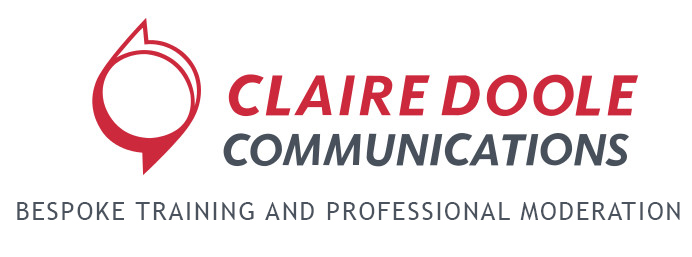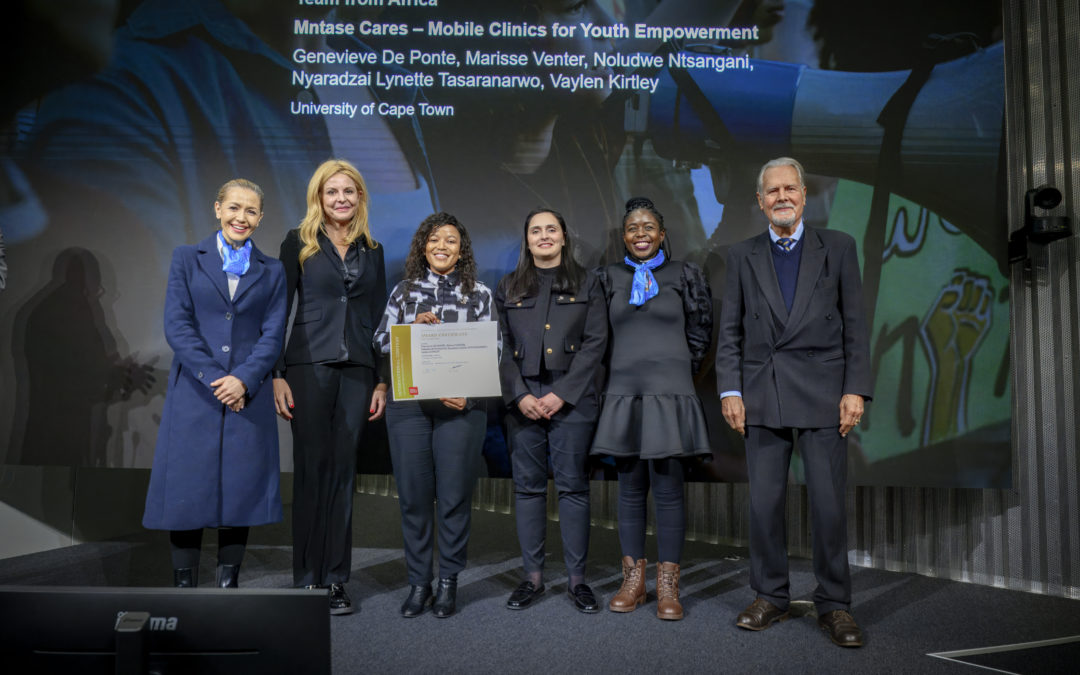
by Claire Doole | Jan 6, 2025 | Blog, Leadership Communications
At the end of last year, I coached the finalists for the Geneva Challenge – an annual global contest under the patronage of the late UN Secretary-General Kofi Annan organized by the Graduate Institute of International and Development Studies.
Five teams, each representing a continent, had to convince a jury of high-level policymakers that their project offered the best solutions to the challenges of youth empowerment.
They were master’s students from some of the world’s most prestigious universities.
But their task went beyond explaining their ideas. They had to persuade the jury that their proposal would effect change. Not an easy task given that they were not development policy experts.
Each five-member team delivered the first draft of their 15-minute presentation for me to review and propose changes to make it more impactful.
Below are some tips I gave to turn them into award-winning presenters with compelling presentations.
• Start with the Why. Why did your team decide to develop this particular project? What was your motivation? How can this build your credibility with the jury?
• Establish your credibility at the start, as otherwise, the audience won’t accept what you say. Introduce any team expertise in the area or, more powerfully, add a personal story.
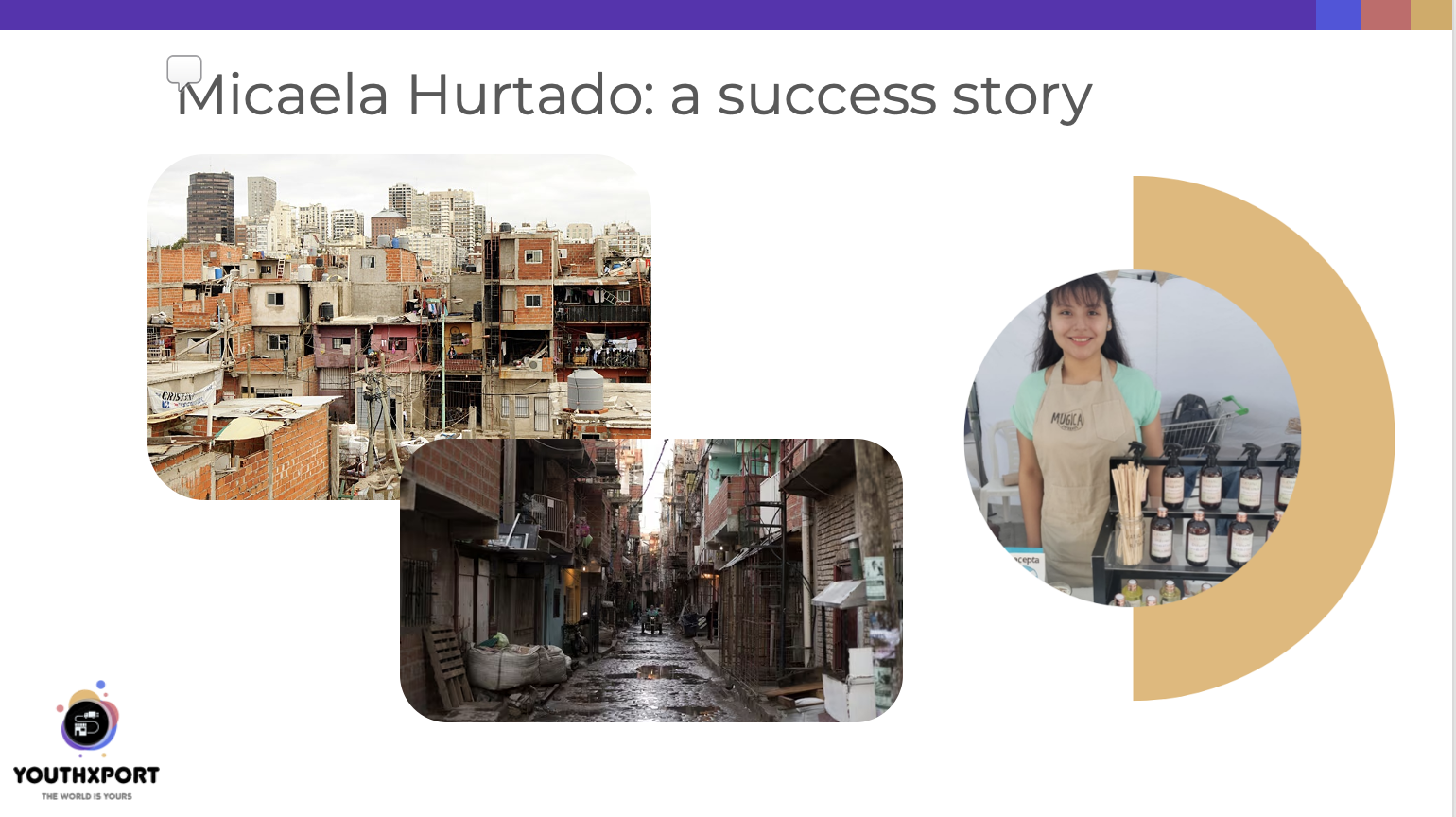
• Focus your presentation on demonstrating how your solution addresses the real-world problem, emphasizing its practicality and feasibility. Avoid spending too much time on the context and problem, as many presenters tend to do.
• Make bold statements.
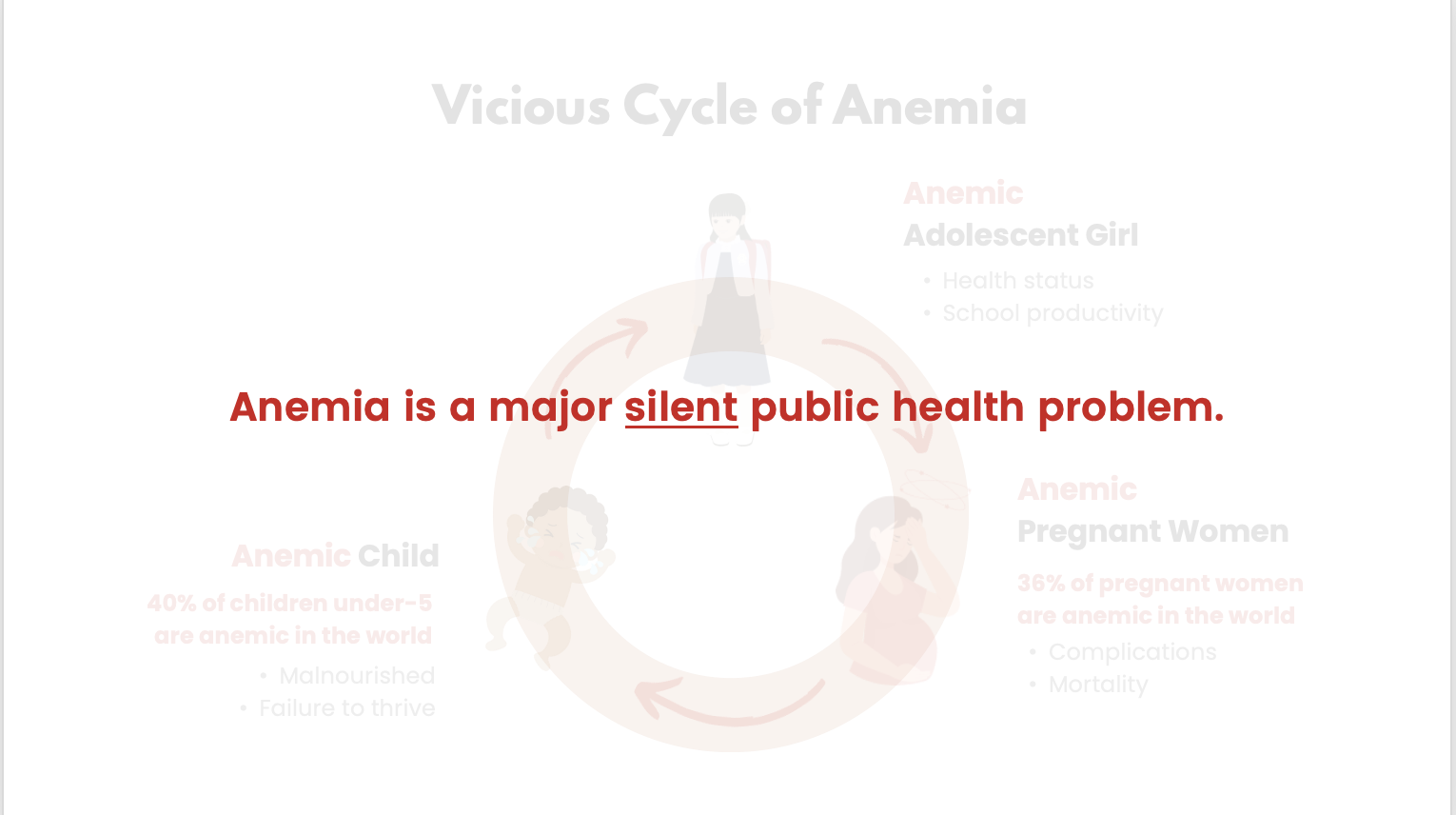
• Put a title on each slide, unless a photograph. Make sure it is a message rather than an explanation of what the slide is about.
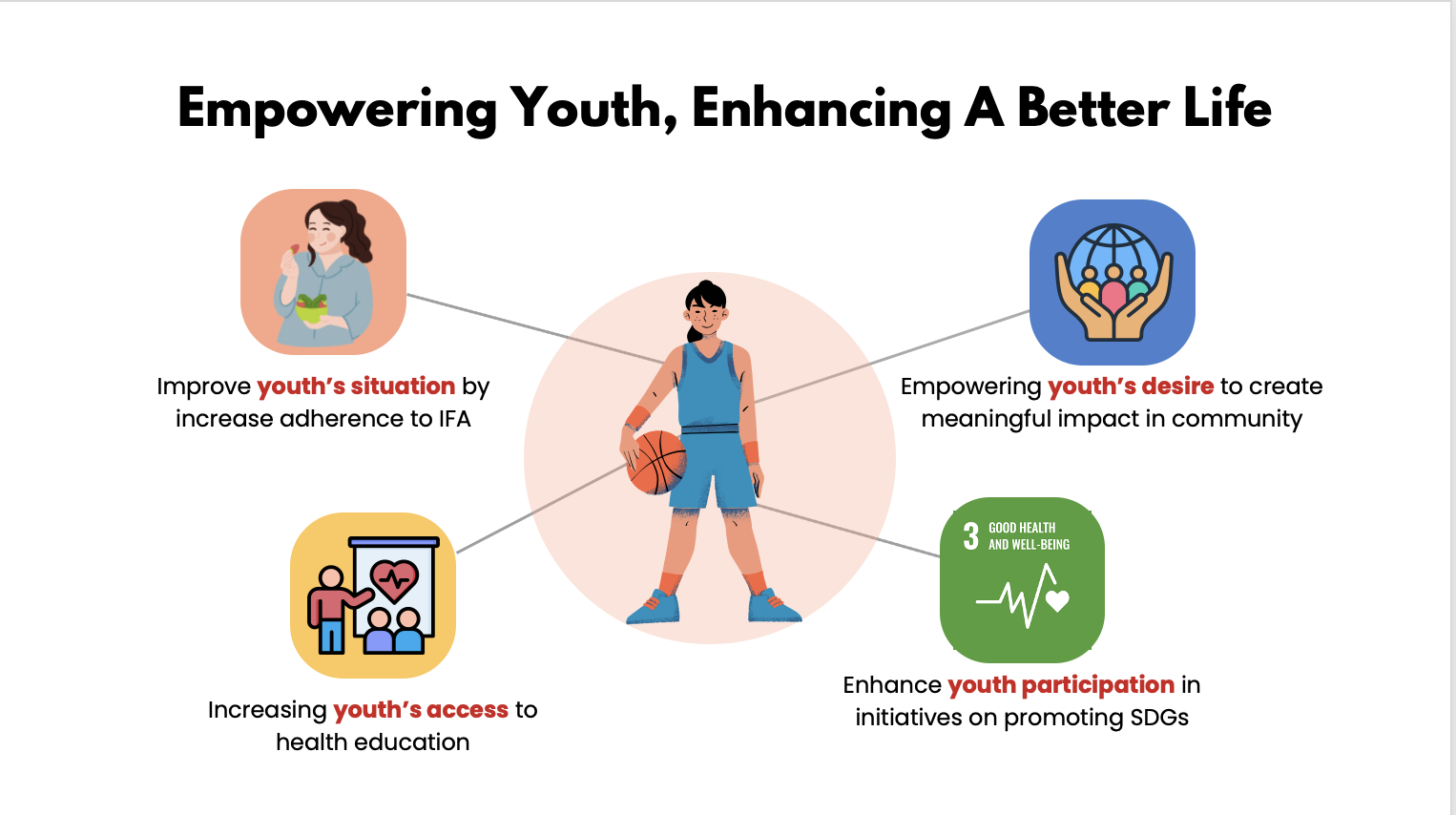
• Use analogy to make the message memorable.
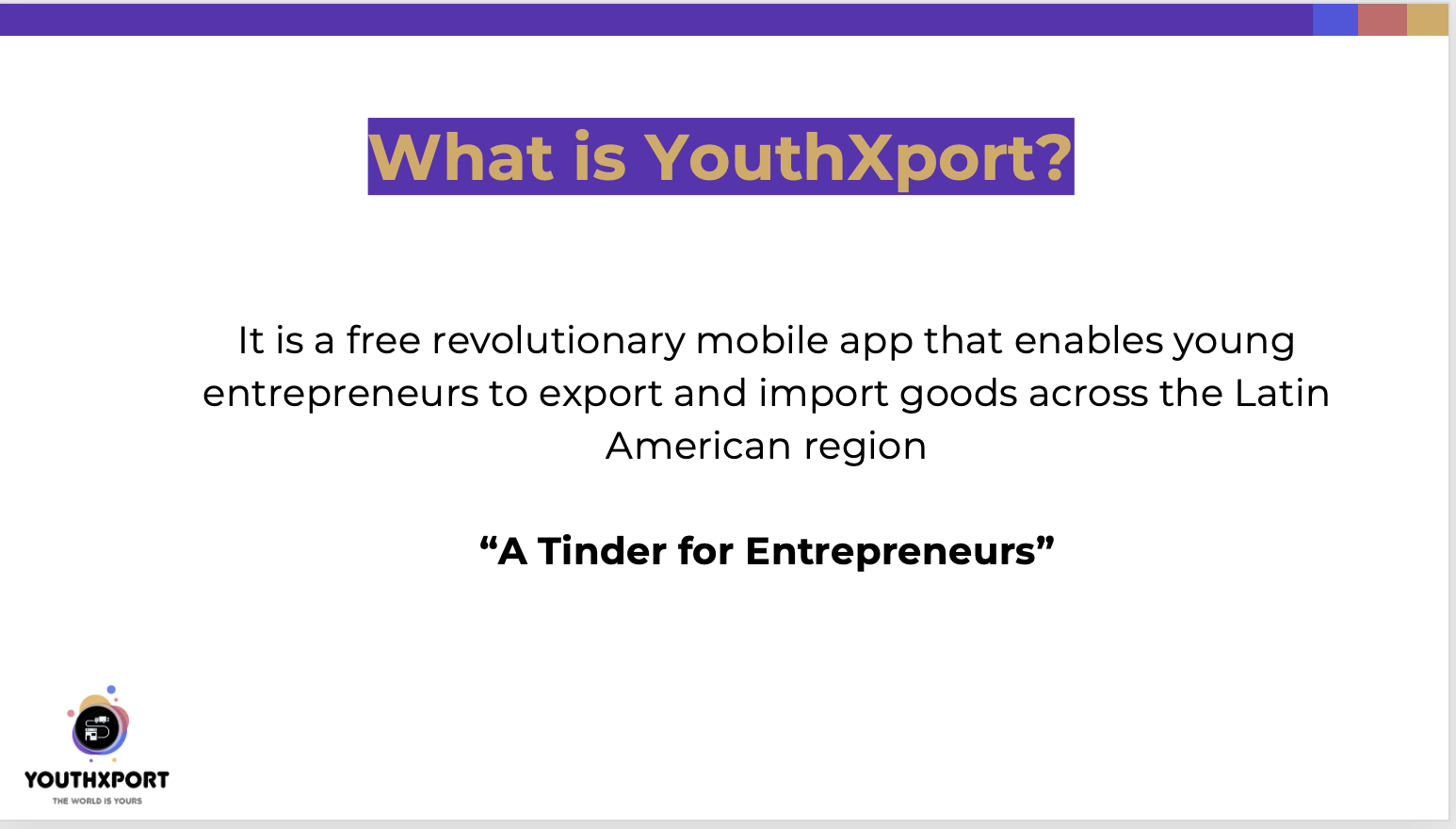
• Simplify numbers – and bring the points up one by one.
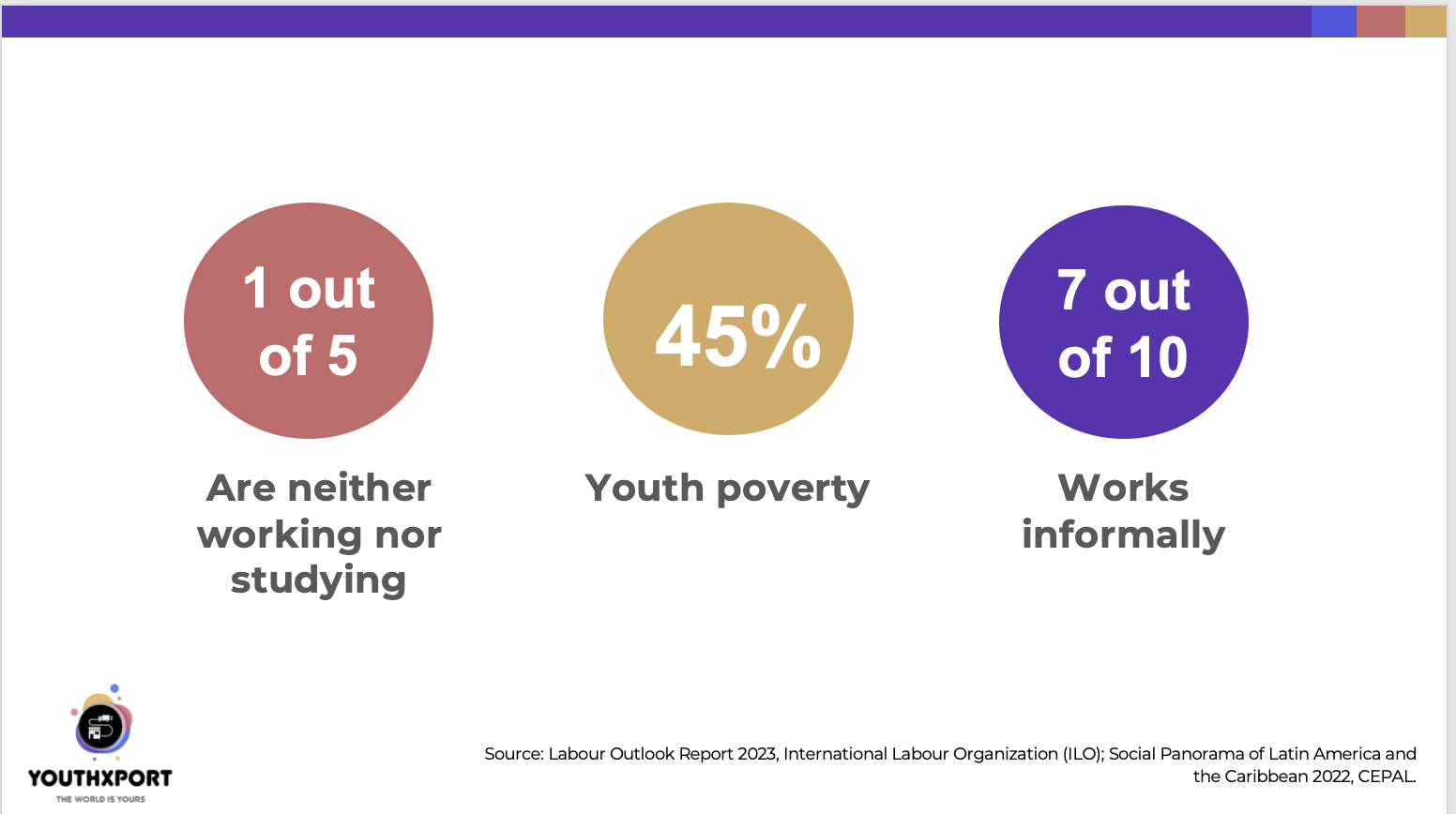
• Use video clips of less than 1 minute for impact
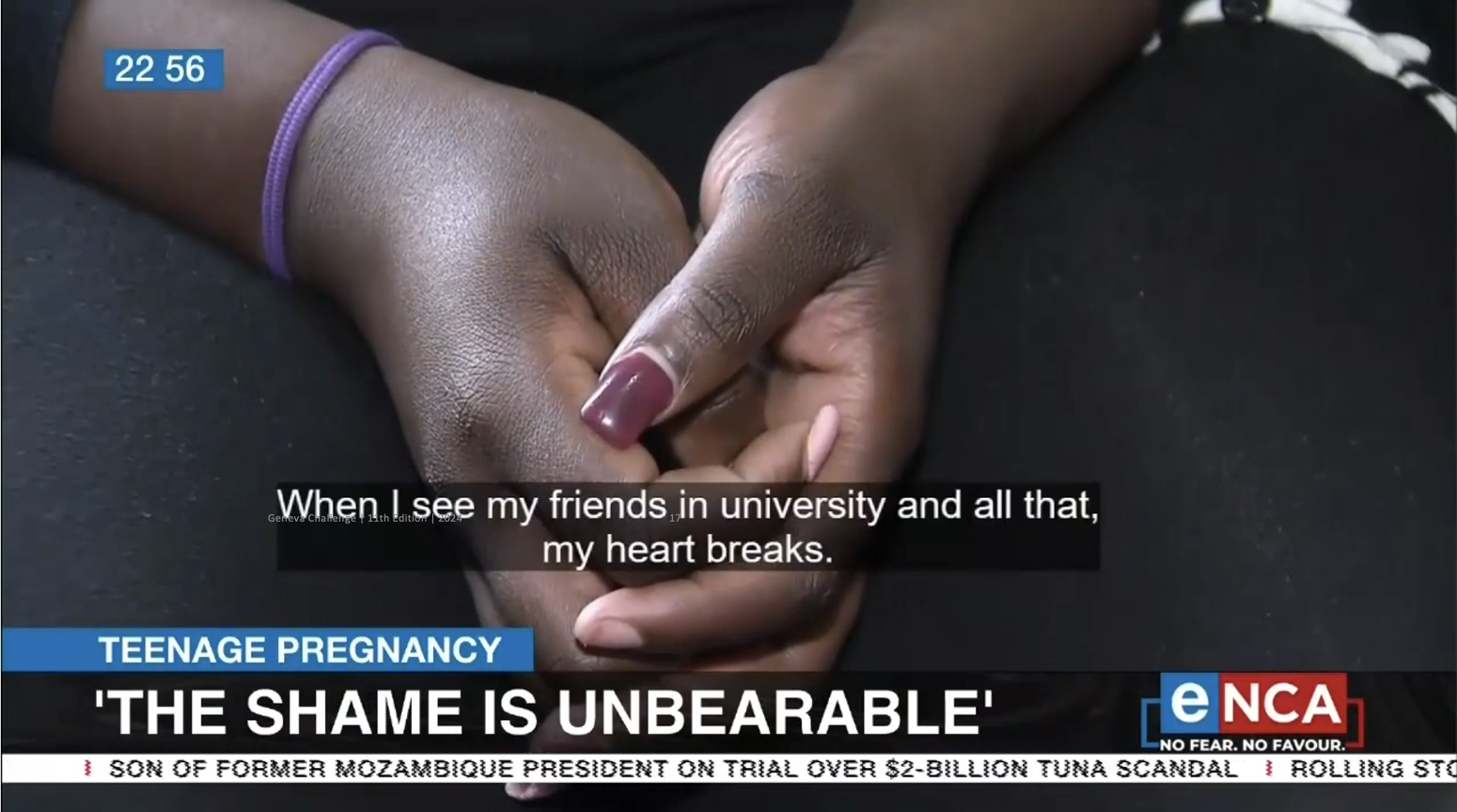
• Less is more. If asked for 15 minutes, prepare 14 minutes and keep to it.
As well as the 15-minute presentation, each team prepared a 2-minute pitch.
Here is the pitch from Team Africa – the winners of the 2024 Geneva Challenge for their project MNTASE Cares – Mobile Clinics for Youth Empowerment to address South Africa’s teenage pregnancy crisis.
It was simple, credible, concrete, emotional and beautifully delivered.
When was the last time you gave a great pitch or presentation?
Contact me for details of my coaching and team workshops.
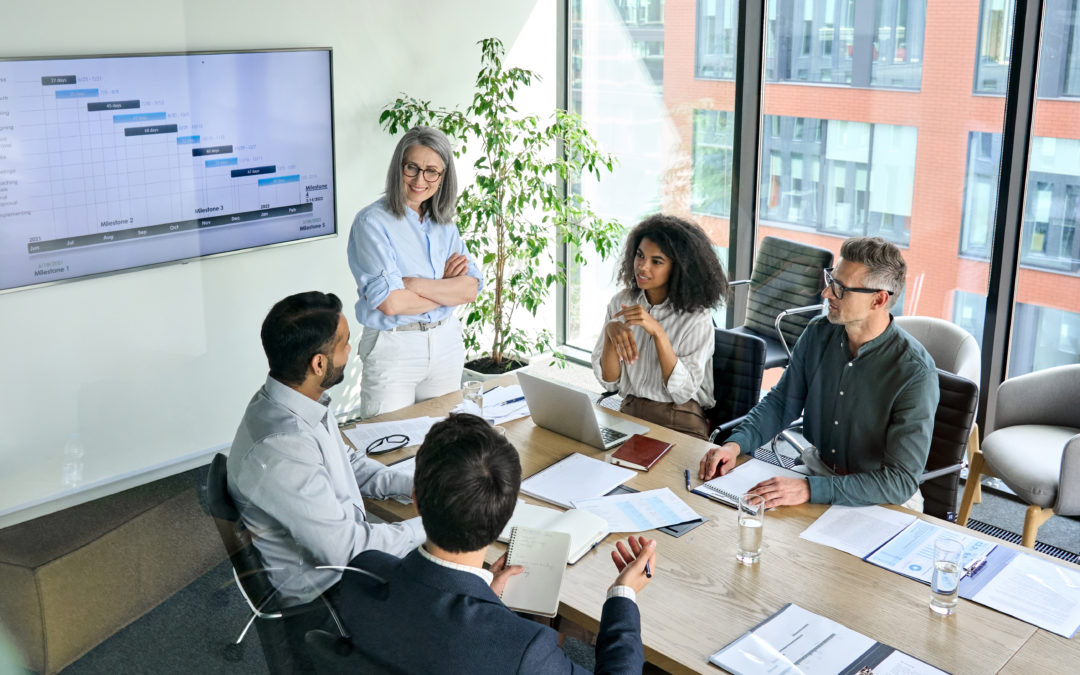
by Claire Doole | Nov 3, 2024 | Blog, Leadership Communications
Pitching to an executive board is high-stakes. After months of hard work developing a project or strategy, you need the board’s buy-in—but securing it is no easy feat.
The room is filled with senior executives who are busy, and their knowledge of your subject might vary widely. Adding to the challenge, there may be up to nine members present—an odd number to avoid voting ties.
I’ve coached many professionals to navigate these make-or-break moments. So, what’s the secret to winning over the board?
Below are some tips and tricks that could help you get the thumbs up for your next pitch.
Preparation prevents poor performance
Advance notice is critical. Boards don’t like surprises. It pays off to informally speak with each member beforehand so that you can write a concept note that you can get signed off.
Make sure you send a PDF of your slides to the board a few days before the pitch so they have time to read it. This means they can absorb the main arguments and prepare some pertinent questions.
Think strategically
Craft a compelling case to win the board’s buy-in. Remember, people are driven by “What’s in it for me?” So, spell out exactly how your proposal benefits the organization—or what’s at stake if they don’t act.Why should they approve of your idea? How will this help the organization/company meet its strategic aims? Do not lead up to this point; make it straight away.
Then you move to the three key messages that you want them to retain.
People find it easier to remember things in threes. The rule of three dates back to the Greek philosopher Aristotle, who was renowned for his public oratory.
For each key message provide evidence – facts, statistics, or even stories. Think not only about the benefits but also have a message for the sceptics. For example, why should they back a project that might be risky?
Keep it short and simple
Pitches vary in length between three and seven minutes, but remember you have to keep the attention of people who are busy and most probably thinking about all the other things they have to do.
If you are using slides, put the key messages in the top left-hand corner, as that is where people first look. They have to understand a slide at first glance.
Avoid death by PowerPoint – the slides are there to keep you on track, as a prompt.
Encourage questions
You should embrace questions, as they show interest and are an opportunity to learn and get ideas on how to improve your project/strategy. Of course, you should have anticipated key questions and included them in your pitch.
One final tip
I used to make videos and dreaded the validation process. One tip a colleague gave me was to include something that you know won’t be approved, as they fixate on this and tend to agree to the rest.
A friend who is a master pitcher uses this technique, and says it works every time with her board!
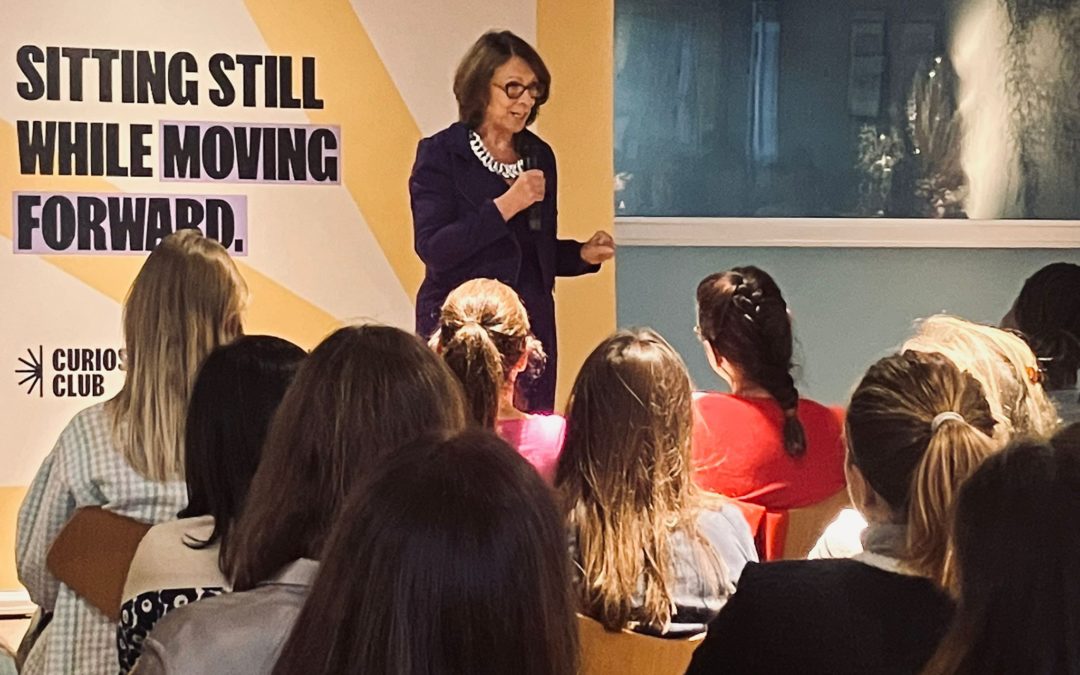
by Claire Doole | Sep 26, 2024 | Blog, Public Speaking
“We are a new women’s networking group in Geneva and would love you to talk for 40 minutes about your career in communications”, says Valentine Honoré, the founder of the Curiosity Club.
My first reaction was, do I really want to talk about myself? The second, was do I have anything to say? And my third, 40 minutes is far too long.
You would think I would jump at the chance of talking to this group of women. But I have spent most of my professional life not talking about myself. I have always been most comfortable when asking questions as a journalist, or conference moderator, speaking on behalf of an organization or training people to speak in public or to the media!
Although the invite was out of my comfort zone, I thought it would be good to put myself in the shoes of the clients I train and coach in public speaking. They often tell me that they are also uncomfortable talking about themselves even though they know that personal stories help people connect.
Below are some tips and techniques on how I went about telling my story.
The audience is King (or in this case Queen!)
The key to impactful public speaking is making it audience centric. I thought about what this audience of mostly career women in their twenties to forties would want to hear that would be useful for them.
I divided my talk into the three main phases of my life – journalism, public relations and current career as a trainer and moderator. For each of these I came up with a life lesson that I felt would help these women advance their careers. For the record, my key messages were:
• Being good at your job is not good enough. You need to network.
• Be true to yourself. If you are not feeling empowered, leave your job!
• Know your own value, particularly when negotiating salaries or fees.
Storytelling builds connection
I illustrated the key messages with personal stories so that they would be memorable. Some of the stories were humorous or at least self-depreciatory, some revolved around unusual twists of fate and others were more poignant such as incidents of gender discrimination and worse. I wanted to be honest about the ups and the downs.
I added some insights on the state of the media, the rise of celebrity news and the spread of disinformation – subject areas that I have some expertise in, and some strong opinions!
Opening with impact
The Curiosity Club had chosen a great venue – le blé noir restaurant at La Comédie de Genève – the city’s premier theatre. I started with a few remarks about the reasons for my theatrical voice and a story about my short-lived career treading the boards.
At the start of a talk or speech, you should connect with the audience, by speaking about where they are at physically, mentally or emotionally. My theatrical voice had opened professional doors for me and I thanked the Club for opening their doors and inviting me to talk about communications in an ever-changing world.
Speaking without notes
You have much more impact if you speak directly to your audience, without any notes. I am always asked what you should do if you forget something. I always reply that the audience doesn’t know what you are going to say so won’t notice.
However, you can maximize your chances of not forgetting a key point if each point builds logically on the next. For example, I talked about covering the death of Princess Diana in Paris and this led me onto the challenges of being a female reporter and producer in an era where men filled most of the foreign correspondent roles in the BBC.
It helps too if you have a clear structure. I chose a chronological one from past to present.
Owning the stage
The stage was small, but I decided I would make every step count. I started and ended in the center. Stage left was my time as a journalist. Stage right my time in public relations and I moved between the two to illustrate a number of challenging transitions from journalism to public relations and back again.
Keeping to time
I had practiced and rehearsed my talk – saying it out loud like an actor as that helps the words stick. I thought it would be around 30 minutes, but in fact it was 37 minutes, as I responded to the reactions of the audience, and threw in a few more questions and thoughts as they came to me. This makes it sound even more natural and unscripted.
Still, 37 minutes is very long. TED talks are now a maximum 15 minutes, down from 18 minutes, no doubt to cater for people’s shortened attention spans. When I coach TEDx speakers, I usually advise 10 to 12 minutes. We all overestimate an audience’s ability to focus on what we are saying.
Amazingly, Curiosity Club members are, as their name suggests, innately curious and I asked them to tell me if they lost interest at any point. No one said they did, but remember we are in diplomatic Geneva!
It was however a lot of work to write the talk and deliver it without notes, even though this is what I do for a living.
Sitting still while moving forward
is the mantra of the Curiosity Club – an organization that works towards gender equality. The club holds meetings all over the world for women who want to exchange ideas, inspire each other and network.
I failed to network sufficiently at the start of my career, and only started when I set up my business. It is not something I now have a great deal of time to do, but networking with members of the Curiosity Club in Geneva was highly enjoyable and didn’t feel like work at all.
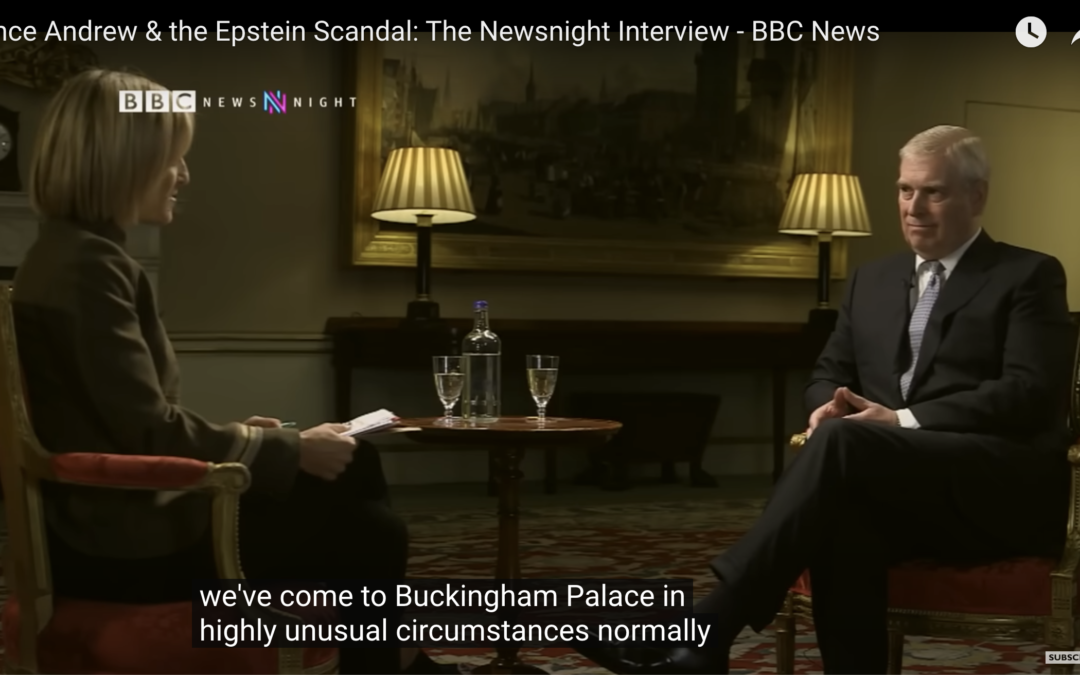
by Claire Doole | Jul 7, 2024 | Blog, Media training
Did you watch Emily Maitlis’s interview with Prince Andrew about his relationship with the convicted pedophile Jeffrey Epstein? If not, did you see the wonderful film that has just come out – Scoop – about that interview?
Emily excels as an interviewer. She enters each conversation well prepared, focused and with a clear idea of how she wants to steer the conversation. Her strength also lies in her ability to listen to deepen her understanding and ask probing follow-up questions. This blend of preparation and flexibility is one of the reasons her interviews are so compelling.
You may not get to interview a member of the British royal family – few get that opportunity. However, her approach and techniques are worth observing, if you are asked to conduct an on-camera interview for your organization or company.
Over the past few months, I have trained a number of people on how to interview their CEOs, members of senior management teams or technical experts for videos to be posted on the company intranet, website or social media platforms.
My top five tips are:
• Know your purpose. What do you want to hear from your
interviewee that is of interest to your audience?
• Have a clear flow in mind. You need to have a logical
structure so it is easier for the audience to follow.
• Be curious. You know where you want to go, but you have to
listen actively so that you can clarify if something is unclear or
unexpected or probe with a follow-up question.
• Practice reverse engineering. You may have submitted your
questions to the interviewee ahead of time, but you need to sound
and appear to the audience as if this is the first time you have asked the
question. Audiences check out when they feel an interview is scripted.
• Ask questions that elicit an emotional response. You will
find that questions that ask how the interviewee feels about something or
about what he/she has seen are the ones that are usually the most memorable.
These are often best asked spontaneously so that the response is natural and
heartfelt. You can always decide later whether to use them in the final edit.
Question techniques
Broadcast journalists are great interviewers as they interview day in and day out either for soundbites for a report they are doing or live on-air. Live interviews are the most challenging as you have no opportunity to retake the question and have to quickly link between the answer you receive and your next question to ensure a seamless conversation.
Here are some examples of what to do or not do from two broadcast journalists, who were interviewing Philippe Lazarini, the Commissioner General of UNRWA.
1. Don’t ask long open questions or multiple questions as the answer will be very long.
https://vimeo.com/manage/videos/975311481/privacy
You can see that the question was almost one minute and elicited a two-minute 30 answer!
2. Do intervene for clarification, for example, if the interviewee uses an acronym, jargon, or assumes too much knowledge.
https://vimeo.com/manage/videos/975322903/privacy
You are asking the questions your audience wants asked so put yourself in their shoes.
3. Do ask a question that is personal and emotional, such as this one about whether it is hard to separate your feelings from your job.
https://vimeo.com/manage/videos/975320466/privacy
This answer is often the one that is most memorable/quotable.
4. Do have a strong final question, as you want to leave the audience with something memorable. If you flag up this as the final question, you help the interviewee focus on giving a great response, as Philippe Lazzarini does here.
https://vimeo.com/manage/videos/975326437/privacy
Journalists are looking for strong newsworthy answers, although sometimes it can be more important to ask a key question the public wants answered even if it doesn’t elicit a great answer. However, when you are interviewing for PR purposes, your job is to get the best possible answer from the interviewee so they come across as credible, knowledgeable and empathetic.
A former BBC journalist in London, Brussels, Berlin and Geneva, Claire can help you become a great interviewer if asked to conduct an on-camera interview or to ask questions off camera for your corporate video. Contact her at claire@doolecommunications.com

by Claire Doole | May 26, 2024 | Blog, Media training
People often ask me who excels at talking to the media. My answer is Philippe Lazzarini, Commissioner General of UNRWA – the UN Palestinian Relief Agency that employs 13,000 people in the Gaza Strip, and runs schools and social services.
Lazzarini has one of the most challenging jobs in the world, made even more difficult since the tragic events of October 7th. Currently, he is banned by Israel from visiting Gaza, and his agency is not allowed to deliver much-needed food to the North of the strip where famine looms. Israel has also accused a dozen UNRWA staff of involvement in the Hamas attacks on Israel – allegations that remain unsubstantiated. 189 of his staff have so far lost their lives in the conflict.
Yet he remains cool, calm and collected when questioned by the media about those allegations, the effectiveness of the relief operations or the plight of the Palestinians.
I have analyzed some of the interviews he has done with major international broadcasters, Al Jazeera, Sky News and BBC, over the past six months, with a view to illustrating some of the techniques he uses that make him such an excellent interviewee.
1. Rebuts unfounded premises/charges – In this Hard Talk interview on the BBC in November last year, he held firm against Stephen Sackur’s renowned inquisitorial questioning. ‘
2. Avoids words that are loaded for you – In this interview with James Bayes from Al Jazeera in December, he avoids the trap of blaming the Israeli army for war crimes but reframes the question and makes the point about the need to respect international humanitarian law.
3. Keeps to his area of expertise
In this interview with Yalda Hakim of Sky News in March, he is asked why there is no political will for a ceasefire. He does not get dragged into answering on behalf of Israel or Hamas but voices his concern about food being used as a weapon of war.
4. Redirects questions to where he wants to go
James Bayes asks him if he is angry about the plight of the Palestinians, to which he replies that he is angry about the indifference of the international community and makes the broader point about a loss of humanity.
5. Talks about the impact on people
In this interview with Al Jazeera, he focuses not on UNRWA but on the people of Gaza, relating stories of their plight and what they told him when he was able to visit them.
6. Keeps on message throughout
Throughout all these interviews with BBC, Sky News and Al Jazeera, he takes control by staying on message and delivering it clearly and compellingly.
At the end of his interview on Hard Talk, he is asked whether the Israeli offensive could lead to the mass displacement of Palestinians from their homes – similar to the Nakba of 1948. Have a listen to his answer.
Unfortunately, his fears in that interview appear to be proving correct, with more than 1.9 million Gazans currently displaced, and the offensive on the city of Rafah underway.
In this type of sit-down interview done by star presenters, you have longer to get your message across than in a short news interview. However, all of the techniques mentioned above as well as the many more I share in my coaching and media training workshops are effective and can help you become a great media communicator – just like the head of UNRWA Philippe Lazzarini
In May last year I trained the UNRWA senior management team in how to effectively talk to the media.
If you would like to be coached or attend a media workshop online or in-person, contact me for a discovery call. As a former UN, IFRC and WWF International spokeswoman and BBC correspondent, I not only give you the authentic interview experience but also advise on how to get your message across.







